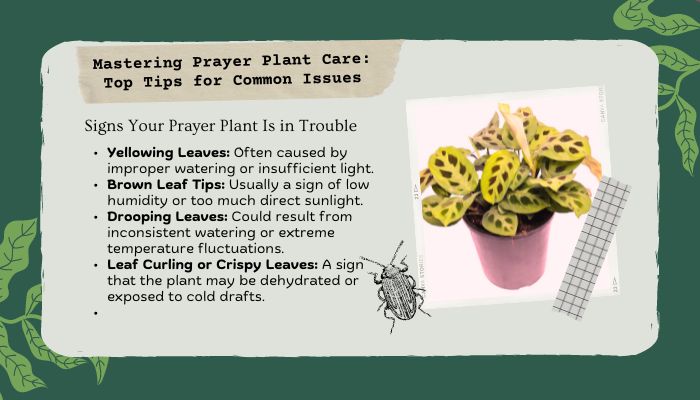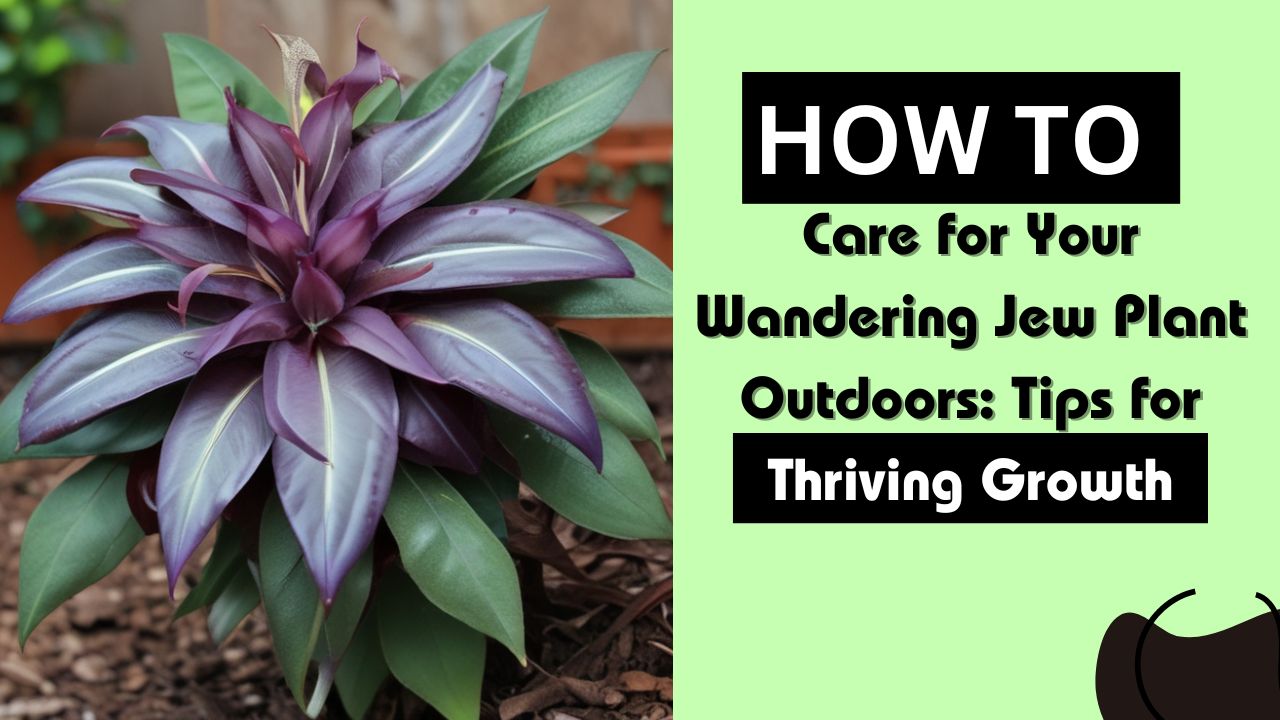Arrowhead plants, also known as Syngonium podophyllum, are popular indoor plants prized for their unique arrow-shaped leaves and lush, vibrant foliage. Their low-maintenance nature and wide variety of colors make them a perfect choice for beginners and experienced plant enthusiasts alike. Whether you’re a new plant parent or looking to refine your arrowhead plant care routine, this guide will provide you with essential tips to keep your plant thriving.
Why Choose Arrowhead Plants?
Arrowhead plants are versatile, air-purifying, and can adapt to various indoor conditions. Their foliage changes shape as they mature, and their trailing habit makes them ideal for hanging baskets, pots, or climbing on moss poles.
Light Requirements for Arrowhead Plants
One of the key factors in keeping your arrowhead plant healthy is providing it with the right amount of light. These plants prefer bright, indirect light but can tolerate low-light conditions, making them suitable for various areas of your home.
- Bright, indirect light: The ideal condition for arrowhead plants is near a window where the light is filtered. This promotes healthy growth and vibrant colors.
- Low-light adaptation: Arrowhead plants can survive in low light but may lose some vibrancy in their leaves and become leggy. If you notice this happening, consider moving the plant closer to a light source.
- Avoid direct sunlight: Exposure to harsh, direct sunlight can scorch the leaves, leading to brown tips or yellowing.
Watering Your Arrowhead Plant: Finding the Balance
Arrowhead plants prefer moist but not soggy soil. Overwatering can cause root rot, while underwatering leads to wilting and leaf curling.
- Watering schedule: Water your arrowhead plant when the top inch of soil feels dry to the touch. Typically, watering once every 7-10 days works well during the growing season (spring and summer). In the winter, you can reduce watering as the plant enters dormancy.
- Avoid standing water: Make sure the pot has proper drainage to prevent water from pooling at the bottom, which can cause root rot.
- Humidity: Arrowhead plants thrive in environments with moderate to high humidity (50%-70%). If the air in your home is dry, especially during winter, consider misting the leaves or placing a humidity tray under the plant(Own Yard Life)(gruloda).
Best Soil for Arrowhead Plants
To keep your arrowhead plant happy, it’s important to use the right soil mix. These plants prefer well-draining, aerated soil with a pH level ranging from slightly acidic to neutral.
- Soil mix: A combination of peat moss, perlite, and regular potting soil works well for arrowhead plants. This allows good drainage and aeration while retaining some moisture for the roots.
- Re-potting: Arrowhead plants tend to become root-bound every 2-3 years. Re-potting in early spring is the best time to refresh the soil and give the roots more room to grow(Joy Us Garden).
Temperature and Humidity Preferences
The arrowhead plant thrives in moderate indoor temperatures ranging between 65°F to 75°F (18°C to 24°C). While it can handle brief temperature drops, it’s crucial to avoid exposing it to temperatures below 60°F (15°C) as this can cause leaf discoloration and slow growth.
- Warm temperatures encourage growth: During summer, keep the plant in areas with consistent temperatures.
- Avoid drafts: Keep your plant away from cold drafts, heating vents, or air conditioners to avoid temperature stress.
- Increase humidity in dry environments: Arrowhead plants love moist air, so misting occasionally or placing a humidifier nearby will help prevent browning leaf tips
Fertilization and Feeding
Arrowhead plants are relatively light feeders, so over-fertilizing can harm them. A balanced, water-soluble fertilizer can promote healthy growth during the growing season.
- Fertilize sparingly: Apply fertilizer once a month during spring and summer. Avoid feeding during fall and winter when the plant’s growth slows.
- Compost feeding: Some plant enthusiasts prefer natural compost, like worm compost, applied lightly in the spring to keep the plant healthy without the risk of overfeeding
Pruning and Propagation
Pruning keeps your arrowhead plant full, bushy, and encourages new growth. It’s also an opportunity to propagate new plants.
- Pruning: Trim the plant back in early spring to control its shape. Use sharp, clean shears to cut just above a node. This will encourage the plant to grow more compactly and prevent legginess.
- Propagating: Arrowhead plants are easy to propagate using stem cuttings. Take a 4-6 inch cutting with at least one node, and place it in water or soil. Within a few weeks, roots will form, and the cutting can be transferred to its pot
Common Problems and Solutions
While arrowhead plants are relatively easy to care for, they are not without their challenges. Here are some common issues and how to resolve them:
- Yellow leaves: Overwatering is the most common cause of yellowing leaves. Allow the soil to dry out between watering sessions to avoid root rot.
- Brown leaf tips: Low humidity is often the culprit here. Try misting your plant or increasing humidity around it.
- Pests: Keep an eye out for pests like spider mites, mealybugs, and aphids. If you notice any, treat the plant with neem oil or insecticidal soap
FAQs About Arrowhead Plant Care
How often should I water my arrowhead plant?
Water your plant when the top inch of soil is dry, usually once a week during the growing season and less frequently during winter.
Can I grow my arrowhead plant in water?
Yes, arrowhead plants can grow in water. Simply take a cutting, place it in a jar of water, and change the water weekly. Once the roots are established, you can either keep it in water or transfer it to soil
Why are my arrowhead plant’s leaves turning yellow?
Yellow leaves often indicate overwatering or poor drainage. Ensure the soil dries out slightly between watering, and check that the pot has adequate drainage holes
Should I mist my arrowhead plant?
Misting can help increase humidity, but avoid leaving the leaves wet for too long as this can lead to bacterial leaf spot. Mist lightly or place a humidity tray under the plant(
Conclusion
Caring for an arrowhead plant can be a rewarding experience. With the right light, water, and care routine, your plant will thrive and bring lush greenery into your home. By following these simple care tips, you’ll be able to enjoy your arrowhead plant for years to come.





